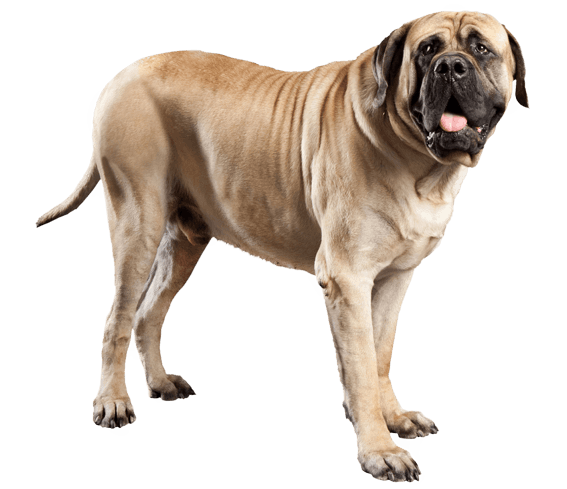Mastiff Breed Maintenance
Although this giant is a short-haired breed, they still need weekly brushing with a rubber hound glove to remove dead and loose hair. They do have two shedding seasons, and daily brushing will help remove the excess hair. Despite a short coat, this canine can develop a “doggy” odor. This is due to an increase in oil produced. Frequent brushing is recommended to help distribute the oils, and you may need to bathe your Mastiff slightly more regularly than other dogs. However, be careful with over bathing as this can strip the necessary oils from your pup and lead to dermatosis or other skin conditions. You should consult with your veterinarian or grooming specialist on the frequency and best products to use. When it comes to picking up after your huge dog with a pooper-scooper, everything is bigger. This breed is also known to drool a lot and requires a lot of food. On average, this breed requires 8 to 8 ½ cups of food, divided into two meals daily. The amount you feed your companion will depend on their size, age, and metabolism. However, be careful with excessive feeding to prevent weight gain. Additionally, this breed is prone to developing bloat, which can develop from excessive eating and drinking. Avoid feeding your dog large meals and divide food into smaller portions when possible.






